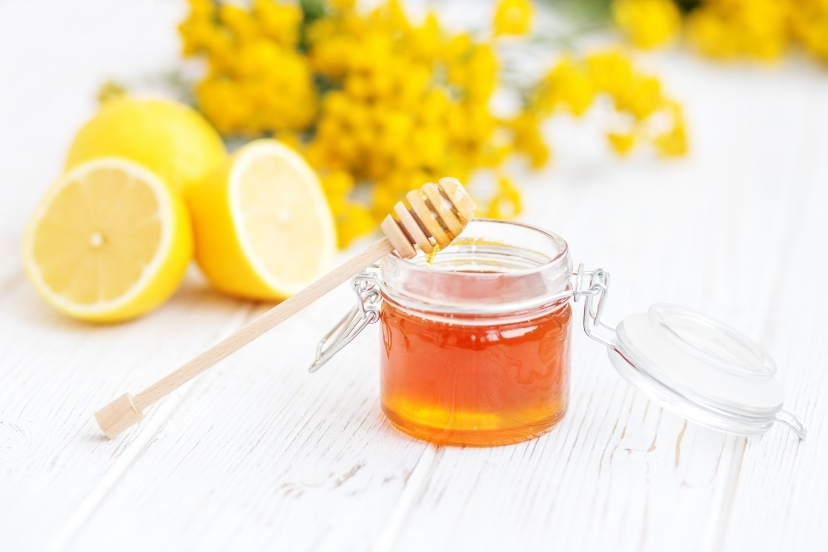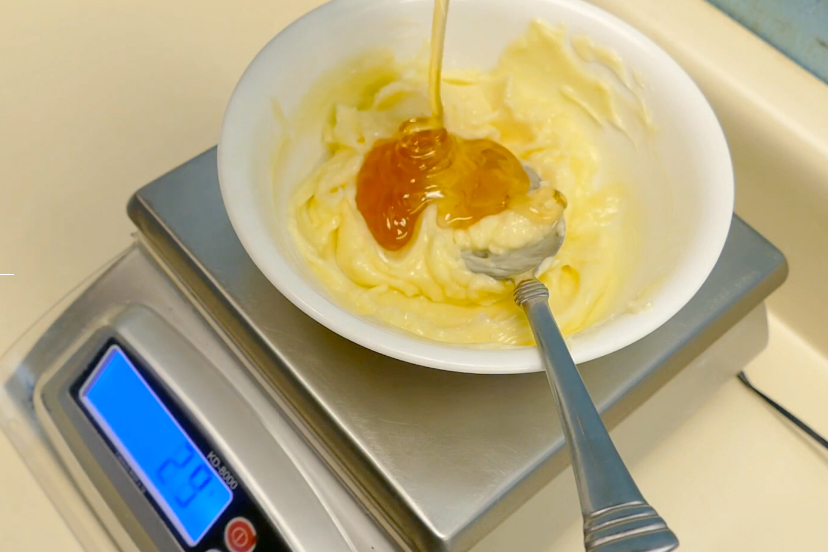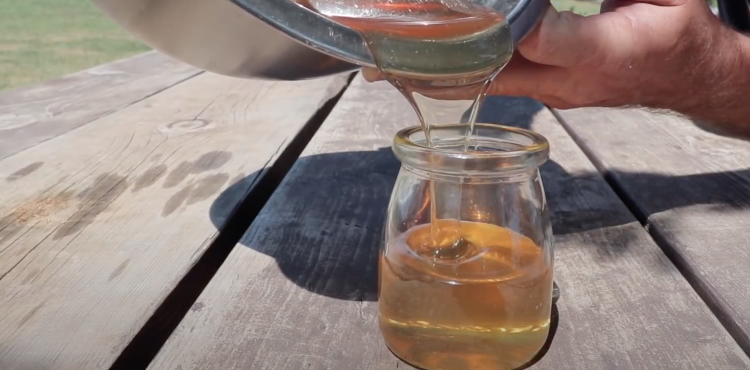Honey offers significant health benefits – especially raw honey. Because not all honey is the same.
How honey is handled in its journey from the hive to your table makes a difference.
What is Raw or Unpasteurized Honey?
If you haven’t heard of raw honey, the term might seem a bit strange to you.
When we refer to something as being raw, we’re usually thinking of a food that is normally cooked before it’s eaten, such as meat or eggs.
But when we eat foods such as raw apples or bananas, for example, we don’t usually think of them as being raw, because it’s common to eat them uncooked.
If you tell someone you just ate an apple, they will assume it was raw.
Likewise, if you tell someone you just ate a hamburger patty, they will assume it was cooked (and would probably be considerably repulsed to learn otherwise!).
The difference between raw and cooked hamburger is very obvious. And a raw apple differs greatly from a cooked apple.
With Honey, the Distinction isn’t So Clear
Comb honey is the rawest, least processed form of honey
With honey, the distinction between raw and cooked is less clear
That’s why the term ‘raw honey’ is a bit misleading, and perhaps confusing to some.
Just as milk can be heated (pasteurized) before being bottled without greatly altering its taste and consistency, so can honey. In fact, honey that has not been heated is sometimes called ‘unpasteurized honey.’
Raw honey is simply honey that has not been heated and filtered, but instead has been strained to remove debris before bottling.
Why is Honey Processed?
With the exception of comb honey, any honey you purchase will have been processed to some degree.
But for the most part, honey that you might purchase in a supermarket – especially honey produced by a large supplier – will have been highly processed.
Why?
For two reasons: to improve the shelf life of the honey, and to improve its appearance.
Processed Honey Typically Has a Greater Shelf Life
Most large-scale honey producers heat and pressure-filter their honey.
The purpose of heating the honey is to melt any tiny crystals of granulation that may be present in the honey, and to destroy any yeast spores.
Granulated crystals act as catalysts in causing the entire jar of honey to granulate (sometimes called ‘going to sugar’), and removing them ensures that the honey will remain in a liquid state.
Destroying yeast spores prevents the possibility of fermentation.
All of those things greatly increase the shelf life of the honey – an obvious concern to retailers.
Processed Honey is ‘Prettier’
The pressure filtering of processed honey removes all sediment from the honey, including tiny bits of wax and pollen grains.
The result is a very attractive product with a very long shelf life.
But there is a price to be paid for converting raw honey into the pretty, sparkling, processed honey sold by most supermarkets…
Many of the Raw Honey Health Benefits May be Lost
Honey is a highly nutritious food, containing many minerals, enzymes, and antioxidants.
The process of heating honey destroys some of these valuable nutrients.
And though there is some disagreement among experts about how much of these nutrients are destroyed, there’s no doubt that at least some damage is done to honey’s nutritional and healing properties during the process of heating it.
And the filtering process also removes most of the pollen grains suspended in raw honey.
This eliminates any value the honey may have had in helping to reduce allergy symptoms, and also removes the nutritional and healthful benefits of the bee pollen itself.
No Question About it: Processed Honey Doesn’t Taste Quite the Same As Raw Honey…
As with most processed foods, much is lost when honey is processed.
Though processed honey tastes much as it did in its raw, natural state, it’s still just not quite the same.
The processing procedure unquestionably alters the natural flavor of the honey, even if only by little.
Whether the taste of raw honey is better than processed honey is a matter of personal opinion. But most people who are accustomed to eating honey in its natural state seem to prefer it that way.
Raw Honey Health Benefits May Be Greater, But is it Safe?
Raw honey may be healthier and better-tasting, but is it safe to consume?
To return to our earlier analogies, eating raw hamburger could be deadly dangerous, and drinking unpasteurized milk could also be risky.
So is raw honey safe to eat?
Perfectly – with one possible exception: Though rare, there have been cases of people having an allergic reaction when eating raw honey containing pollen spores to which they were sensitive.
(You can read more about honey and allergies here.)
Honey Isn’t Processed to Make it Safe…
Remember, the purpose of processing honey is to increase shelf life and improve appearance, not to make it ‘safer.’
Virtually any type of raw honey will eventually begin to crystallize. When this happens, the honey can be re-liquefied simply by allowing it to sit in a pan of hot (not scalding) water until it’s liquid again.
And when honey is harvested fully ripe, it’s rare for it to ferment until after it has completely granulated.
NOTE: It’s important that honey not be given to infants under 1 year of age due to concerns about infant botulism. This applies to ALL honey, whether raw or highly processed.
There’s Nothing Wrong With ‘Supermarket Honey’
As long as it’s pure honey.
Be aware that there are some producers who sell a ‘honey product’ that contains honey mixed with another sweetener, such as corn syrup. So wherever you buy your honey, carefully read the label to be sure you’re getting what you expect.
But if you’re buying pure, unadulterated, processed honey, it’s a perfectly fine product, and will offer most of the health benefits of honey, at least to a degree.
Just be aware that you might not be getting quite the full range of flavor and raw honey health benefits that you’d get from eating honey in its natural state, just as the bees made it.



